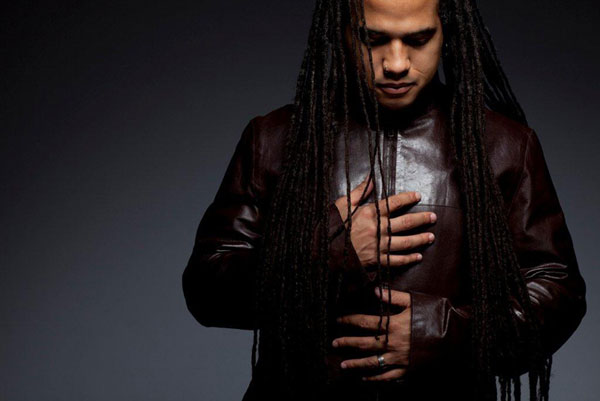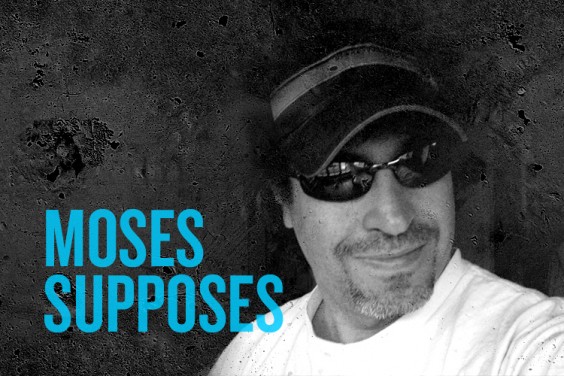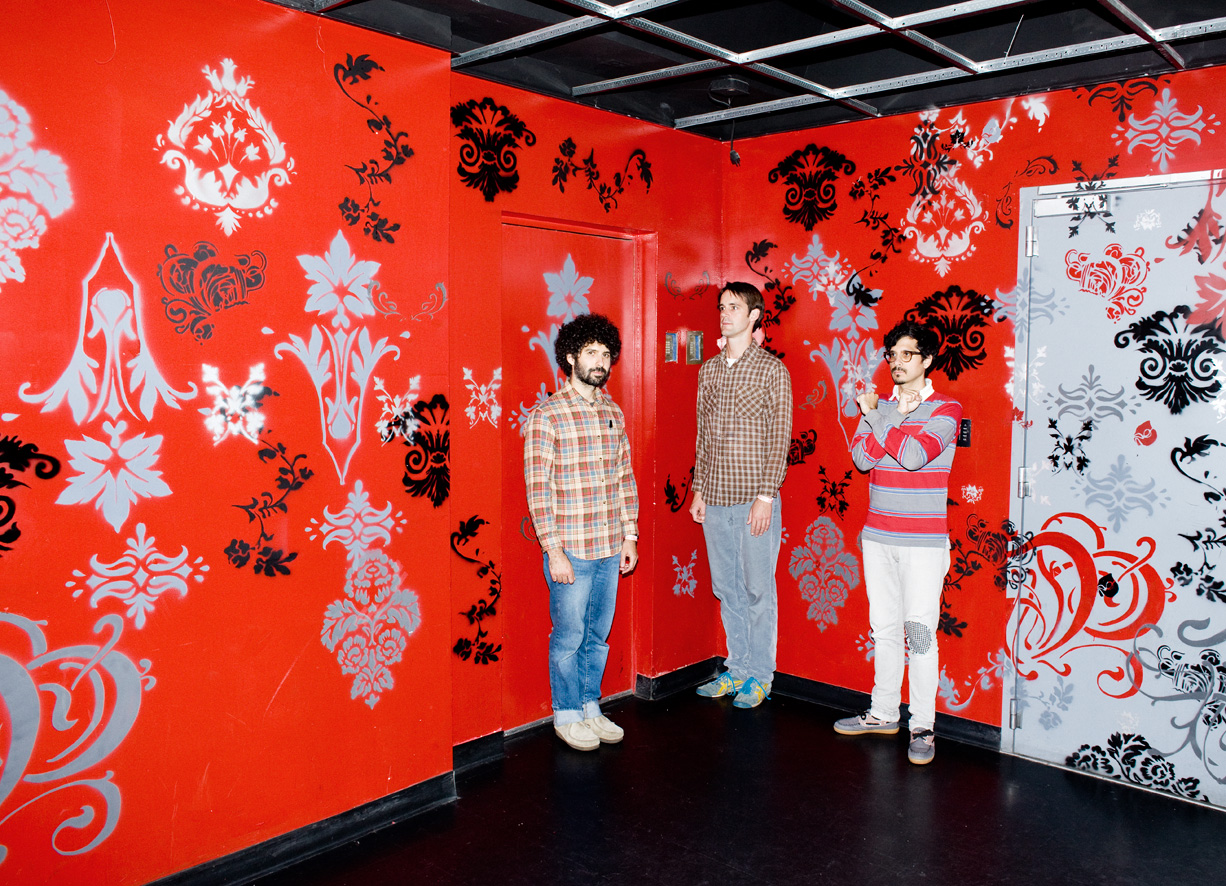Daniel Bernard Roumain: Symphony for the Dance Floor
The acronym DBR might sound like a spinoff of PBR, the bargain-priced, hipster-approved lager, but it actually belongs to something even more buzz-inducing: the music of violinist and composer Daniel Bernard Roumain. This classically trained musician gets W.A. Mozart aficionados to buy hip-hop records along with symphony tickets and makes clubgoers rock out to sounds inspired by Johannes Brahms and Ludwig van Beethoven.
His latest opus, Symphony for the Dance Floor, is a fusion of electronica, symphonic sounds, and lots of hip hop, created via collaboration with choreographer Millicent Johnnie and photographer Jonathan Mannion (whose shots of Jay-Z, Lil Wayne, and Eminem have appeared on the most memorable album covers of the past 15 years). The piece premiered at Arizona State University on February 5, 2011 and will be performed again this fall at the Brooklyn Academy of Music’s Next Wave Festival.
ALARM spoke with Roumain about Symphony for the Dance Floor, his curious moniker, and how playing the violin can start a revolution, both in the musical world and the sociopolitical landscape.
What was on your mind when you began composing Symphony for the Dance Floor?
I’d been thinking a lot about the concept of performance. There’s a lot of art-making and art consumption in mainstream America right now. There are shows like American Idol, America’s Got Talent, and Glee that have revealed a real excitement about performance in the US, and even in Europe and Asia and East India. So Symphony for the Dance Floor is a response to this unique movement that’s happening, one that makes singing shows the first, second, and third most-watched programs. That’s really unusual and remarkable, and I’m excited for what it means for the violin and for composers.



